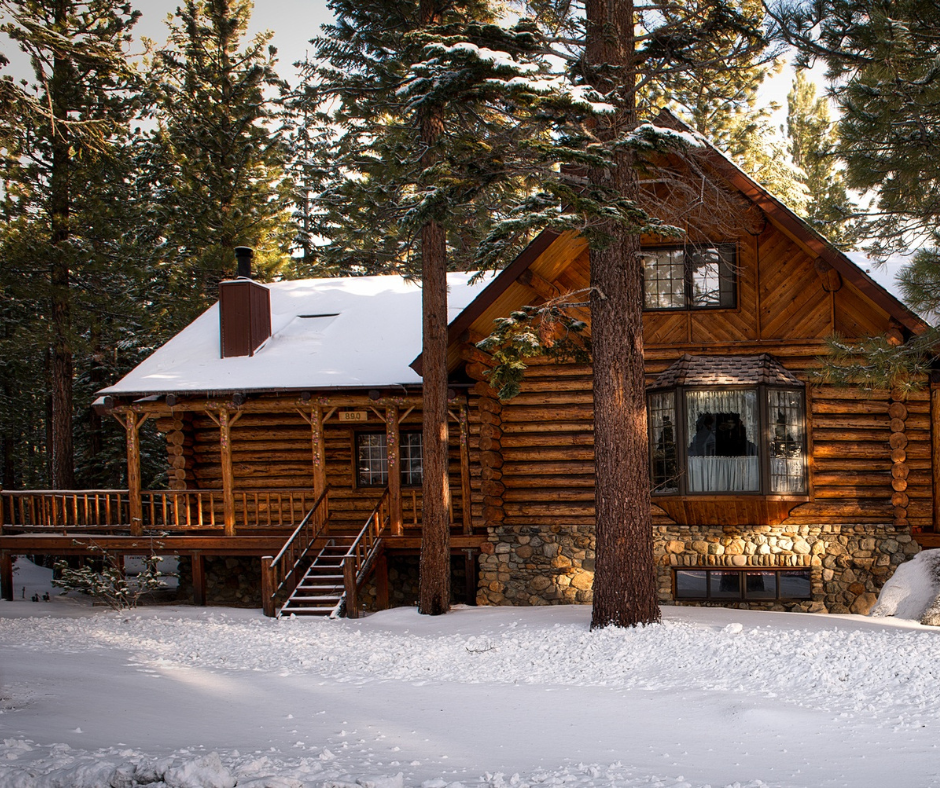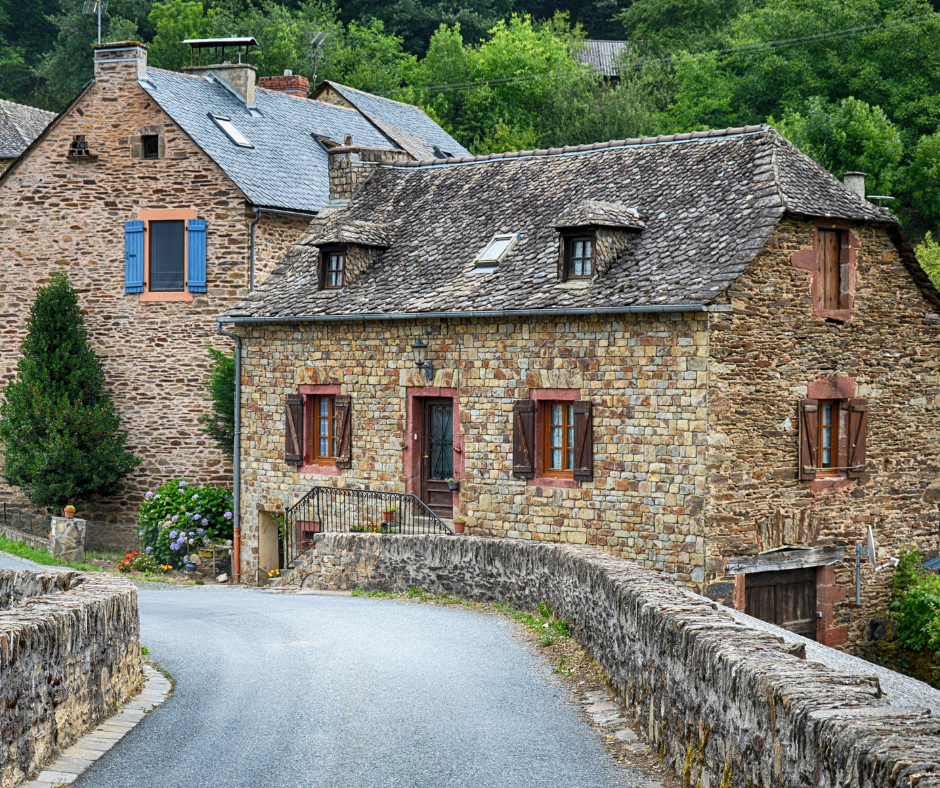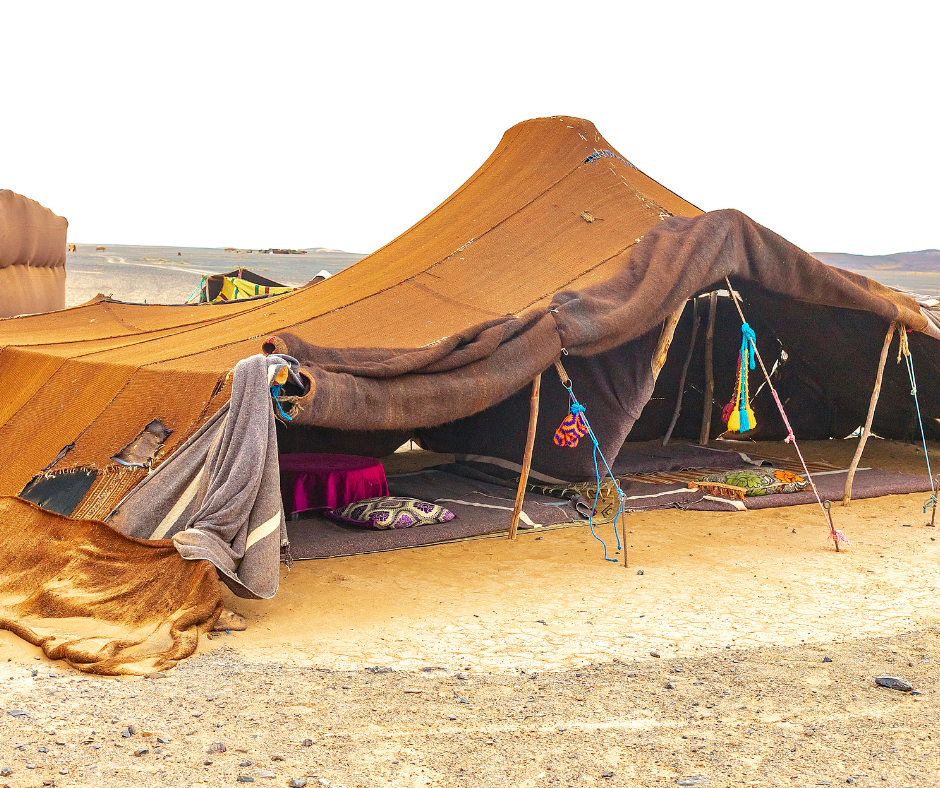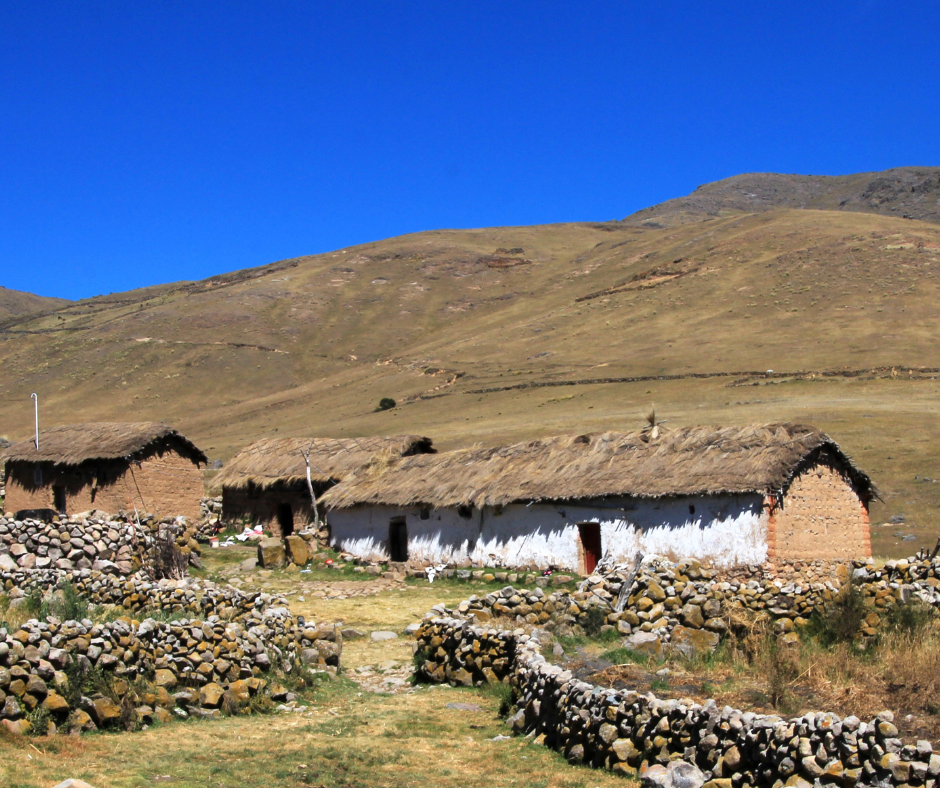Exploring Houses Around the World
Houses come in all shapes and sizes, and they reflect the diverse cultures, climates, and resources of each region. Join us as we travel to different continents and learn about some of the fascinating dwellings that people call home.
North America: The Cozy Log Cabin
Our journey begins in North America, where we find the cozy log cabins nestled in the forests. These charming houses are made from logs of wood, stacked on top of one another. Log cabins were built by early settlers and pioneers in places like the United States and Canada. They have a rustic feel, with warm, wooden interiors that make them perfect for snuggling up by the fire on a cold winter’s day.

Europe: The Enchanting Stone Cottage
As we cross the Atlantic Ocean, we arrive in Europe, where we discover enchanting stone cottages. These quaint homes are made from sturdy stone walls, often covered in ivy and surrounded by beautiful gardens. Stone cottages can be found in countries like England, Ireland, and France. Their timeless charm and fairy-tale appearance make them a favorite among many.

Asia: The Vibrant Stilt Houses
Next, we venture to Asia, where we find vibrant stilt houses in places like Vietnam, Indonesia, and Thailand. Stilt houses are elevated above the ground on wooden or bamboo stilts. This design helps protect them from floods and provides a cool, breezy space underneath. The colorful facades and intricate designs of these homes reflect the rich cultures and traditions of the region.

Africa: The Nomadic Tents
Our journey takes us to Africa, where we discover nomadic tents in countries like Morocco, Kenya, and Chad. These unique homes are made from woven fabrics and animal skins, supported by wooden frames. Nomadic tribes, like the Maasai, have been using these portable homes for generations. They can be easily set up and taken down as they move from one place to another in search of resources.

Australia: The Modern Outback Homestead
Next, we head down under to Australia, where we find the modern outback homesteads. These homes are found in the vast, open landscapes of the Australian Outback. They are designed to withstand the harsh desert conditions and are often equipped with solar panels for energy. These homesteads are a testament to human ingenuity in adapting to extreme environments.
South America: The Adobe House
Our final stop is South America, where we find the adobe house – a traditional dwelling found in countries like Peru, Bolivia, and Ecuador. These homes are constructed using adobe bricks, which are made from a mixture of clay-rich soil, straw, and sometimes other organic materials. The roofs are typically made from materials like wood, thatch, or tiles, depending on the region and local resources. Adobe houses are known for their excellent thermal properties. The thick adobe walls help regulate indoor temperatures, keeping the interior cool in hot climates and warm in cooler weather.

Our journey around the world has shown us that homes can be as diverse as the people who live in them. Each type of house tells a story about the culture, climate, and way of life of its inhabitants. We hope this adventure has sparked your curiosity about the world and the many different ways people call a place “home.” Remember, no matter where you go, the most important thing about a home is the love and warmth that fills its walls.
Houses Around the World Activities
- Explore more types of houses around the world, including rondavels in South Africa, igloos in Canada, and hanoks in Korea.
- Use building blocks or LEGO pieces to make examples of different houses.
- Read books about homes around the world, such as Houses and Homes by Ann Morris, A Place Called Home: Look Inside Houses Around the World by Kate Baker, and If You Lived Here: Houses of the World by Giles Laroche.
- Build a diorama to show a type of house.
- Use a world map to identify the countries or regions where the different types of houses are typically found.
- Draw imaginative houses, taking inspiration from the different types that were explored.
Disclosure: This post contains affiliate links. By clicking through and making a purchase, we receive a small commission at no extra charge to you. All proceeds help support our free global education website. Thank you!

